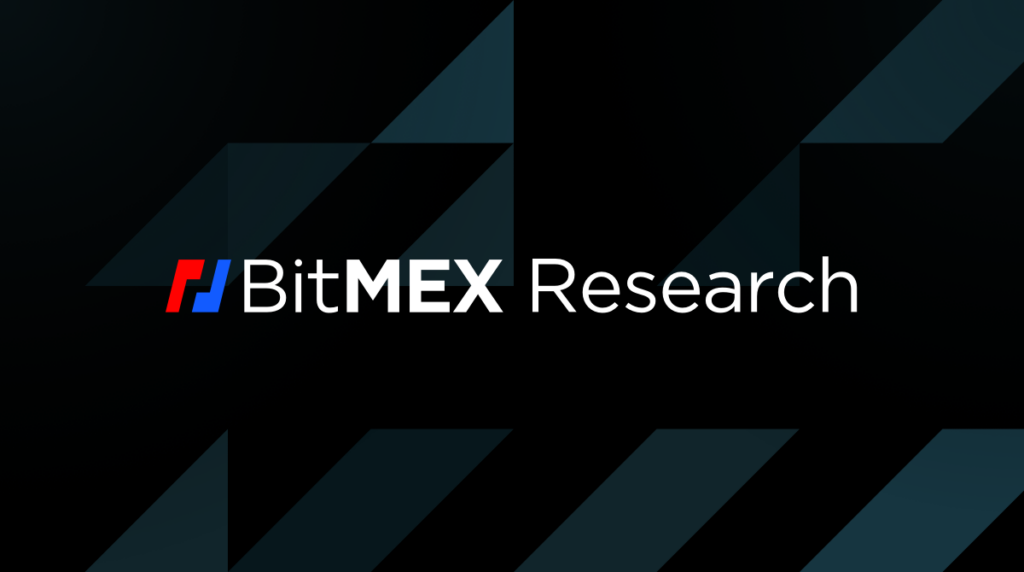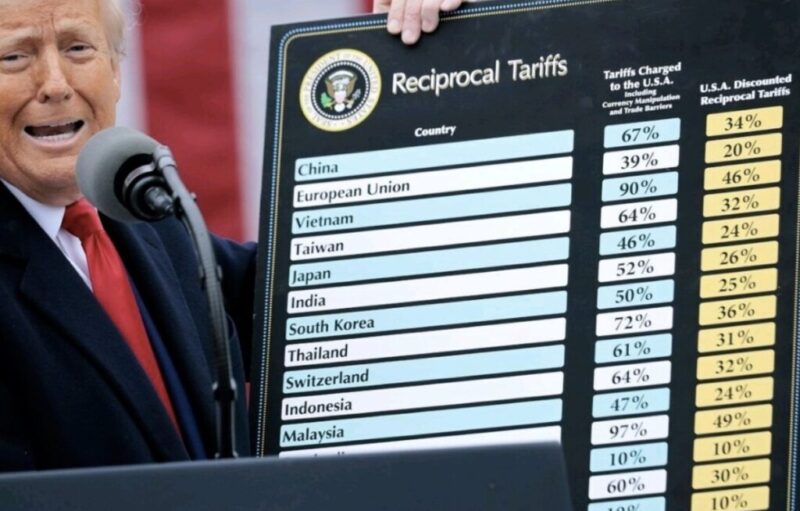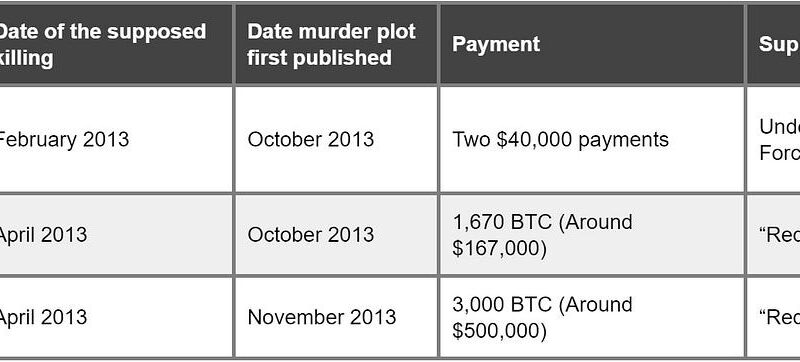Abstract
Following on from our February 2019 piece, “Anatomy Of The Next Global Financial Crisis” and our March 2020 piece “Inflation Is Coming”, we thought now might be an appropriate time for another opinion-filled macro rant. We explore the recent pick up in inflation to over 5% and discuss the increasingly fraught predicament central bankers face when trying to bring this under control. While conditions of excess liquidity persist, it is Ethereum and the DeFi debt engine that could be a primary beneficiary. If we were forced to guess, we would say there could be one more financial boom and bust cycle left, before the ultimate inflationary endgame. After this bust, Bitcoin’s focus on resilience could prove to be the most appropriate strategy.

Inflation
The official annual inflation rate in the US has now reached 5.4%. This recent rally is the highest level experienced since right before the 2008 global financial crisis. Attention is now focusing on whether or not this elevated inflation is transitory. However, even if it is, this does not mean inflation will reach an average level of 2% (the Fed’s target inflation rate) over the medium term – it seems to mean that inflation will return to around 2% in 2022 i.e. prices continue to increase from the current levels.
Official US Consumer Prices – YoY Increase
Source: Bloomberg, BLS
There is also debate as to whether this inflation is driven by the loose monetary policy and the large COVID-related fiscal stimulus, boosting demand and inflationary expectations, or whether it is driven by peculiar supply constraints in specific sectors. The former opinion is probably more popular within the Bitcoin community. The latter opinion is probably best articulated by US representative Alexandria Ocasio-Cortez in a CNN interview in July.
If this was an overall inflationary issue, we would see prices going up in relatively equal amounts, across the board no matter what the good is. But we know what is getting expensive, things like the cost of lumber, items like cars, whether they are new or used and other sorts of items that rely on shipping or shipping containers coming from overseas. These are very sector specific which means that they are due to supply chain issues, that means we don’t have enough ports that can accommodate all of the backed up ships that are trying to come in. It is because we don’t have enough computer chips, that are produced by a handful of factories in the world.
Source: https://twitter.com/repaoc/status/1417515082863554561
Our view is that these two competing narratives over the cause of inflation are not necessarily inconsistent. Complex issues like this can always be looked at from multiple valid angles. However, when it comes to the Modern Monetary Theorists’ view that demand-driven inflation is likely to be uniform across the economy or predictable and controllable, this is not something we agree with. In an economic system dynamically driven by feedback loops involving the beliefs of a tech-savvy and fanatical public, inflation is not likely to emerge as a linear or mechanical type of phenomenon. Peculiarities should be expected.
Is it transitory or are we heading towards the inflationary endgame?
The answer here is likely to depend on what course the Federal Reserve takes. An analogy which comes to mind is the Federal Reserve trying to water plants with a garden hose, except that the water pressure is exceptionally high and always increasing. The pressure is now equivalent to being thousands of meters below the surface of the ocean. Central banks still have the ability to turn the tap on or off, but if they open the tap, no matter what, water starts spraying in all directions with tremendous force. This provides excess liquidity to all kinds of inappropriate places, often to an almost comical extent. From overvalued meme stocks and tokens; to digital pictures of Apes (without any intellectual property rights) being sold for hundreds of thousands of dollars in a quirky and fun game. At the same time the temperature is getting warmer and the majority of the plants are in desperate need of water. Providing the appropriate amount of liquidity is therefore becoming increasingly challenging and it looks increasingly inevitable that it will soon become impossible.
Of course this can not continue forever. At some point we will need a system reset and the plumbing of the financial system will need to be re-engineered. However, it does not feel like such a reset is imminent. The public may be able to tolerate many years of pain and inflation better than some commentators think. There may be several years ahead of central bankers switching the tap off and on again, in an arduous game attempting to control the flow of liquidity, with the instability of the system constantly increasing.
As these inflationary levels persist and the ridiculous examples of excess liquidity continue to manifest, the Federal Reserve will progressively talk more about tapering, before possibly taking some kind of significant action. However, reducing the flow of liquidity is going to be exceptionally hazardous to manage.
Before central bankers manage to tighten the taps, crypto is well positioned to be a primary beneficiary of the excess liquidity pumping through the system. In particular Ethereum looks set to benefit, as the platform which other speculative meme assets trade on. Ethereum’s DeFi debt machine is also poised to thrive and expand in such a scenario. We were particularly impressed and surprised with how well the DeFi liquidation and margining systems handled the May 2021 crypto price crash. Therefore this could continue to run.
With a market capitalisation of over $2 trillion, Bitcoin and “Crypto” potentially look on the way to becoming a systemically important financial asset. What this means is that the economy could benefit from a crypto wealth effect, with consumers increasingly confident and positive about their new wealth, it could boost consumer spending. This is likely to concern macro prudential regulators, who are likely to believe that crypto currency prices are in an unsustainable bubble, which therefore pose a risk to the economy, because a crypto crash could cause a recession.
This could emerge as a new regulatory headwind for the crypto industry. No longer would regulators only be concerned with preventing financial crime and consumer protection, but now dampening crypto asset price volatility due to concerns about economic stability could be an objective. While up until this point regulators have always contended that crypto is insignificant from a macro perspective, we expect that the high price of crypto assets will increasingly be used as an example by a larger number of establishment figures as a reason for tightening monetary policy.
Of course, when the Fed does tighten the taps too far, which we think may happen, it is likely crypto assets may be hit hard. It is this shock that could finally chaotically unwind the DeFi debt machine.
CBDCs (AKA retail deposits at the central bank)
Some central banks are in a race to persuade politicians of the need to allow and encourage the public to deposit money directly at the central banks. The motivation for this appears to be that this is an interesting endeavour and perhaps it is subconsciously appealing as it will provide more power and control to the central bankers. The tactics central bankers have employed range from saying “Hey look at that Bitcoin thing, it’s popular, we should try something like that” to making poorly informed claims about the new innovative capabilities of Blockchain technology and distributed ledgers. These somewhat odd tactics could fall on deaf ears, with respect to both the public and politicians and therefore central bankers may change tack.
If central banks tighten too far and the economy crashes, they will look for culprits. One such culprit this time could be crypto. They could point to the unprecedented drop in value of various coins and blame our economic woes on this, providing justification for crippling legislation which could impair all but some of the most decentralised and resilient coins. Another potential target of the blame could be the already weak and crippled commercial banking sector. They could be accused of not lending to the real economy and contributing to asset price bubbles. No doubt in a crash some banks could fail. Rather than further bank bailouts, which may become less politically palatable, the central bank could bail out depositors in the form of CBDCs. The CBDC solution could therefore be spun as a lower risk alternative to bank deposits.
If this occurs the banking system will be increasingly weak. We could be moving nearer to a Soviet style mono banking system, with absolute control at the centre. This would be very bad from the perspective of improving economic productivity. The one saving grace could be the surviving elements of the crypto ecosystem. If these events unfold, it is Bitcoin’s focus on censorship resistance and end user validation of the rules that would prove the effective strategy.
Back to inflation
Of course any crash caused by too much tightening will be short lived. The authorities will return to loose and easy money policies again. Any further round of significant tightening will then be even harder to manage and politically impossible. It is then that we could be in the scenario of high inflation till the end, until some kind of reset. We could be wrong, but we predict there could be one more significant bust cycle to go before this happens.
Related
The post appeared first on Blog BitMex






